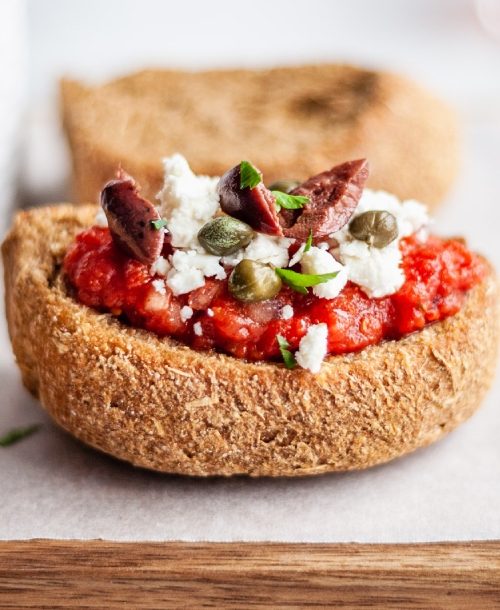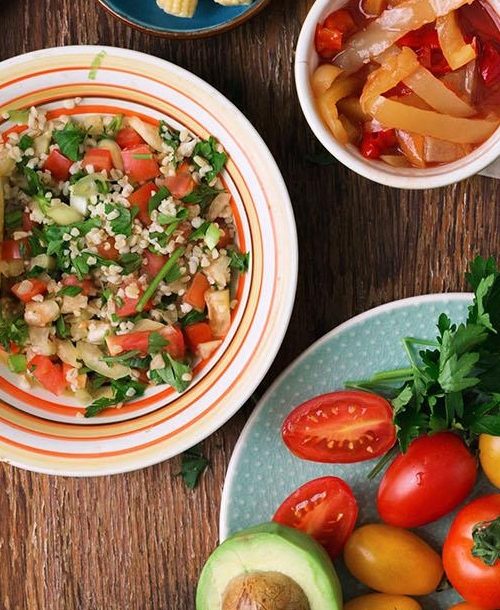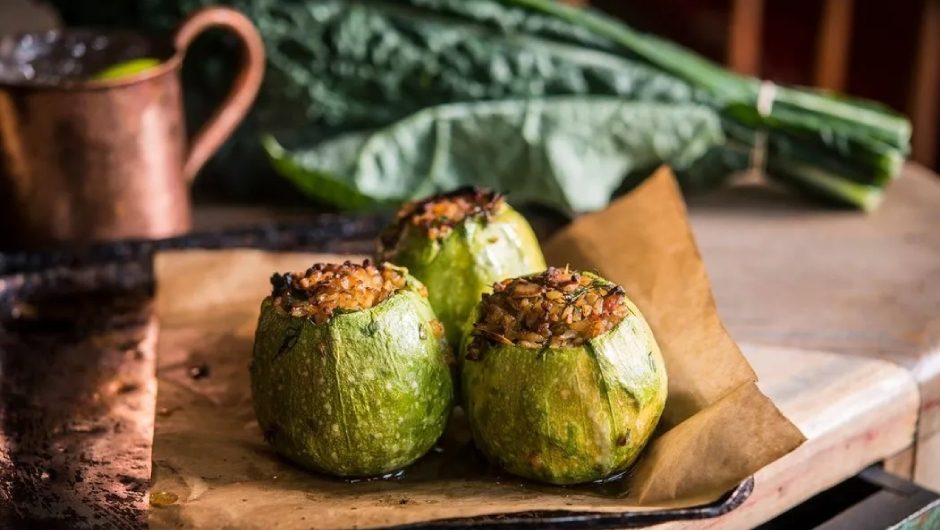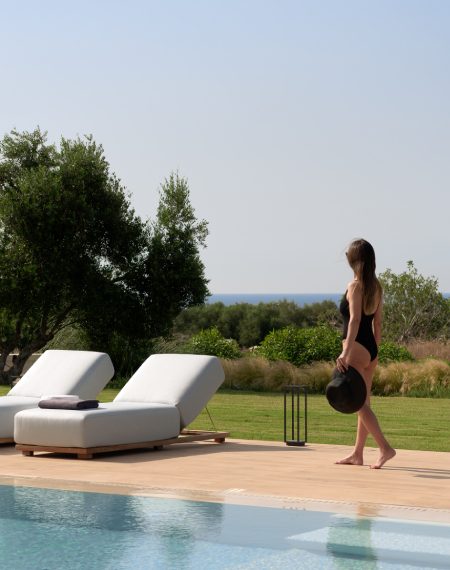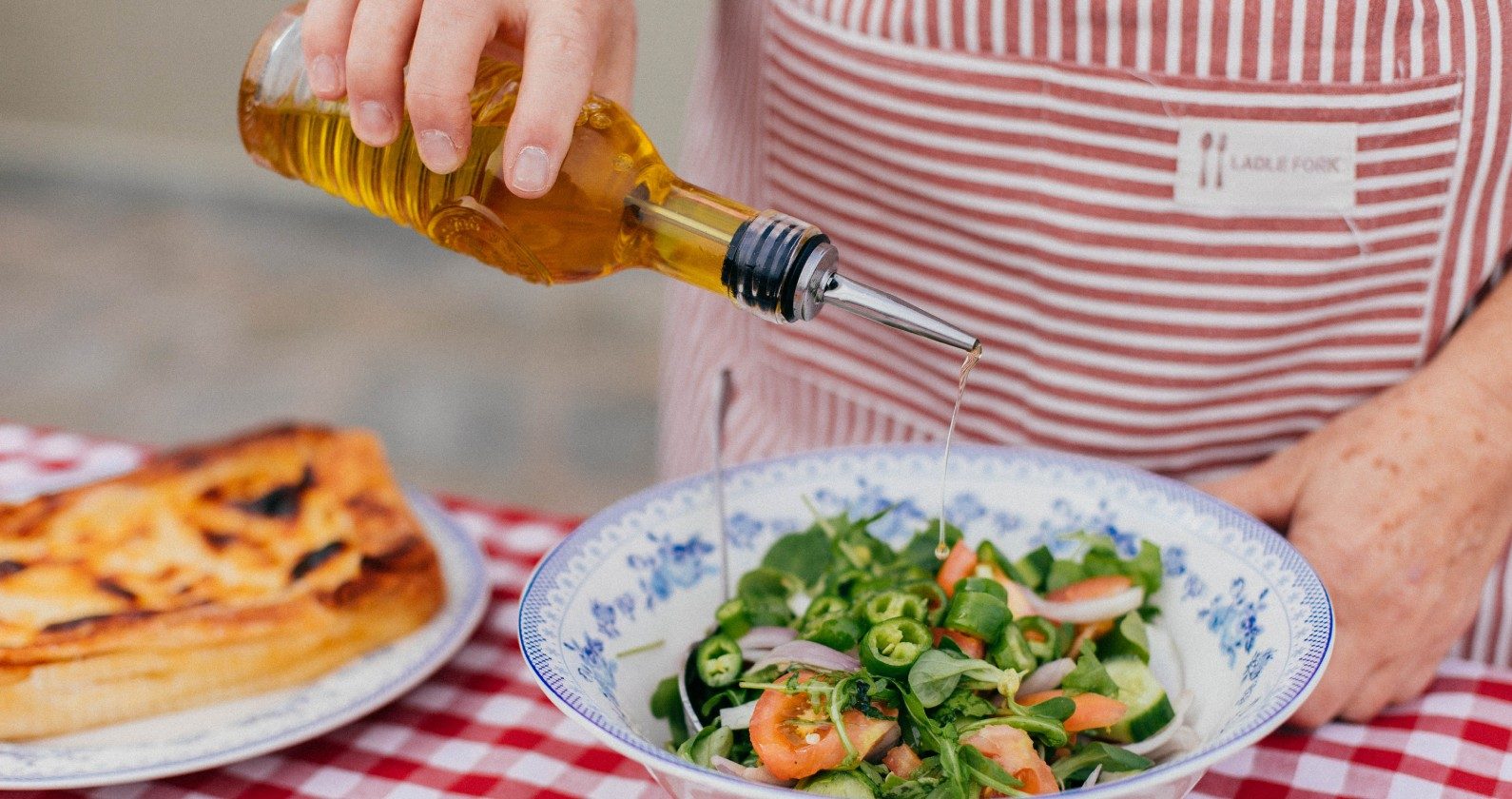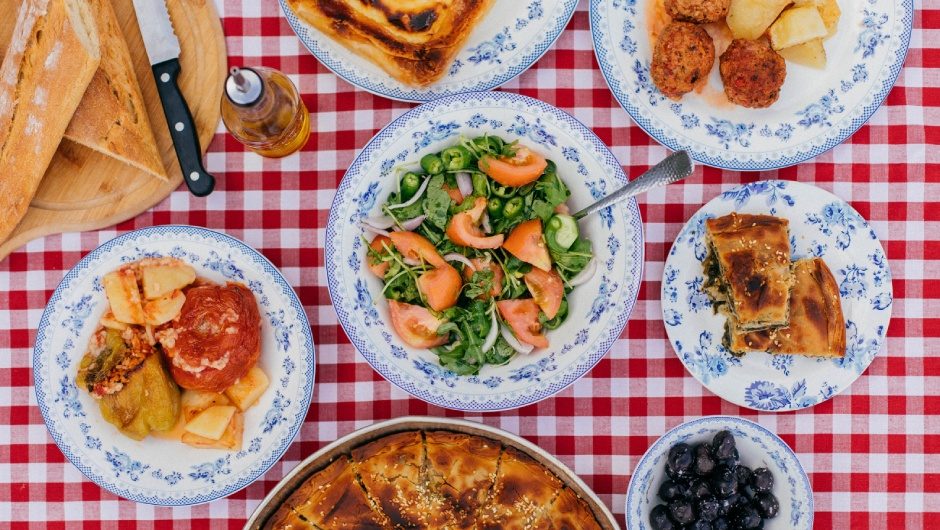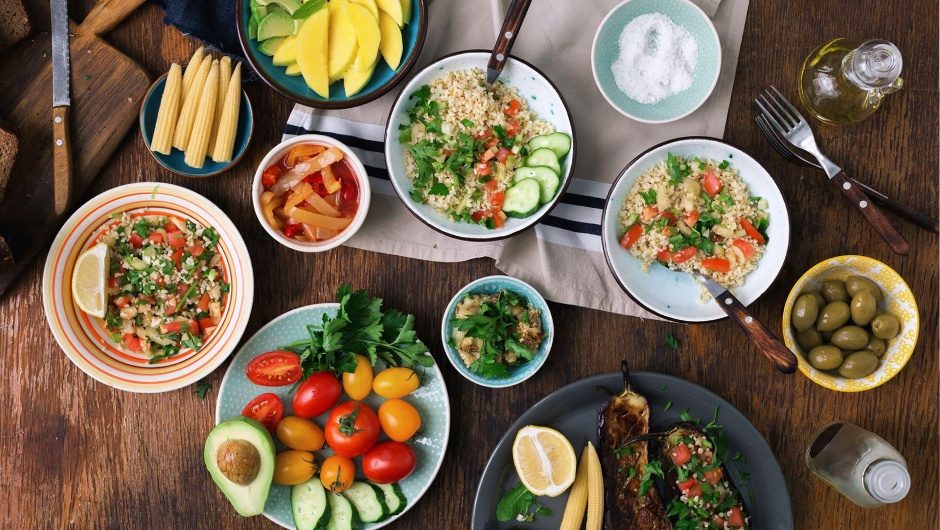Long before it became a fashionable trend and part of a new philosophy, dishes without meat or animal products were a fundamental part of Cretan Cuisine, and they remain so today.
LADERA: It’s cooking at its simplest, everything goes into the pot or at the banking dish. Root plants and mushrooms, vegetables & herbs, even fruits can be used for unbeatable combinations. The flavour of quince helps the earthy exuberance of chest – nut, acquiring peppery mountain herb hints. Spinach , leek and cabbage are combined with rice and herbs to offer delicious full- flavoured meals. Neutral-tasting cauliflower when accompanied by celery and herbs takes on another dimension, while even potatoes project a different profile when slow-cooked with extra virgin cretan olive oil and tomato.
PIES: Everything can be turned into a pie, sweet or savoury, in Greek cuisine. Greens are mixed with herbs and, with the addition of grates, are folded into delicious creations.
Wild mushrooms,, possessing an almost meaty dimension, take on the sweetness of onions and intensity of thyme and are added to open, crispy pies. Sweet-and-spicy leek intermingles with rice and onion in the winter, when fresh fruit and vegetable produce diminishes. As for sweet proposals, pumpkin mixes well with raisins and walnuts, as they highlight pumpkins tender, earthy character. Topped with icing sugar and cinnamon, the finished product is delicious.
PULSES: The combinations here are nearly endless. Every taste of pulse possesses and individual character, texture, taste and aroma. From the classic fasolada ( bean soup) with tomato puree, carrot, celery to the humble revithada ( chickpea stew), enriched simply with a touch of rosemary or savoury, the pulse-based recipe list is long and accommodates as many dishes as the household preparing them. Black-eyed peas cooked with wild greens, lentils in salad and herbs, rice or groats, with crispy vegetables, as a salad or main dish, this is the core of winter-season Greek cuisine.
